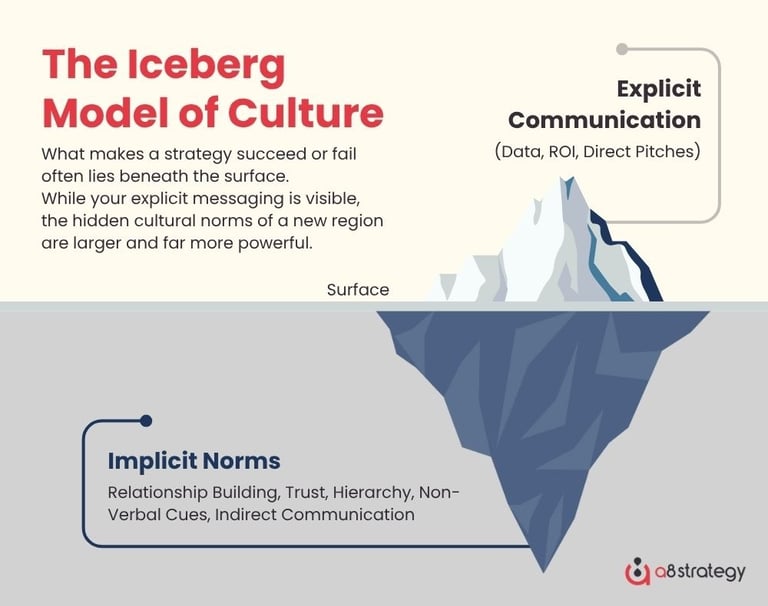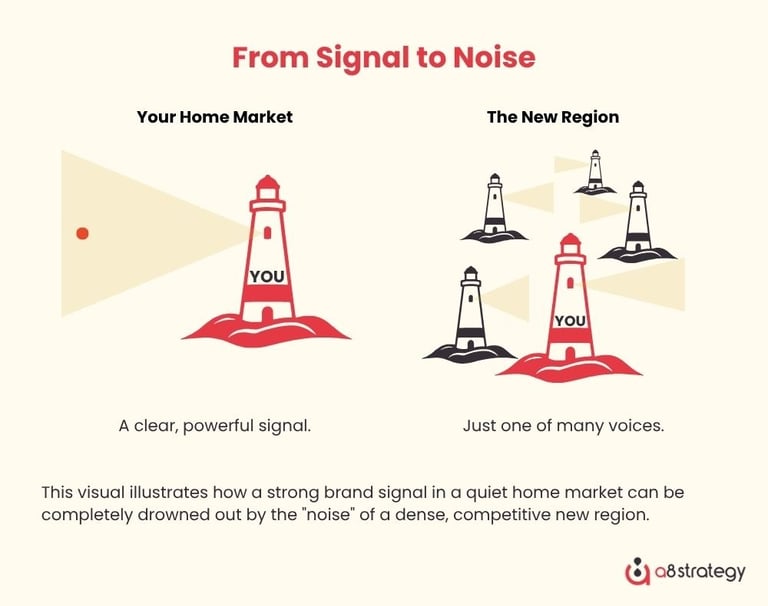Why Does My GTM Strategy Work in One Region But Fail in Another?


You did everything right. You built a successful go-to-market strategy, captured your home market, and established a strong brand. The logical next step was international expansion. But after launching in a new region, the results are bafflingly poor. The playbook that guaranteed success at home is failing abroad. What went wrong?
This scenario is one of the most common market expansion challenges businesses face. The root cause is often a misunderstanding of a fundamental truth: a GTM strategy is not a universal template. Success in one market doesn't validate the plan itself, but rather its fit for that specific environment. Crafting a successful GTM strategy for different regions requires a shift from replication to adaptation, moving beyond the foundational lessons of avoiding common GTM mistakes.
Reason 1: Cultural Blind Spots in Your Marketing
The most common failure point is assuming that messaging and sales tactics that resonate in one culture will work in another. Cultural norms have a profound influence on buying behavior, communication styles, and the establishment of trust.


A direct, data-driven sales pitch that works in the United States might be perceived as aggressive and untrustworthy in Japan, where relationship-building is paramount. As Harvard Business Review points out, failing to adapt to these nuances is a frequent cause of international failure. This is a core challenge when developing a market entry strategy by region.
Reason 2: Market Myopia and Competitive Miscalculations
You may be a market leader at home, but in a new region, you are often an unknown startup competing against established local champions. A failing regional go-to-market strategy often suffers from "market myopia." This means they mistakenly believe that their brand recognition, pricing strategies, and competitive advantages will automatically translate to success in new markets.
Local competitors may have deeper customer relationships, better-suited distribution channels, or pricing that is more aligned with local economic realities. As Bain & Company notes, winning in emerging markets often means battling local incumbents who have a home-field advantage. Ignoring them is a critical error in your market entry strategy by region and undermines your entire strategic plan for business expansion.
Reason 3: Operational and Regulatory Oversights
Sometimes, the strategy is sound, but unforeseen operational hurdles block the execution. These are the practical, on-the-ground market expansion challenges that can derail a launch. This includes everything from navigating complex local regulations and tax laws to underestimating the importance of local payment methods, a crucial component of sound risk management.


The Solution: A Global Core with a Flexible Local Execution
The most effective GTM strategy for different regions is not about creating dozens of unique plans from scratch. Instead, it's about defining what is universal about your business (the "Global Core") and what must be adapted for each market (the "Local Flex").
This balanced approach ensures brand consistency while empowering local teams to adapt to their unique market conditions, forming the foundation of a successful regional go-to-market strategy.
Adaptability is the Key to Global Success
The reason your go-to-market strategy fails in a new region is rarely because your product is suddenly bad. It's because the assumptions that made it successful at home are no longer valid. By systematically analyzing the cultural, competitive, and operational differences, you can move from a rigid, one-size-fits-all approach to a flexible, resilient strategy.
True global growth isn't about replicating success; it's about learning how to earn it all over again, with a deep respect for the unique context of each new market. If you need help developing your international expansion strategy, this tailored approach is the most effective path forward.




